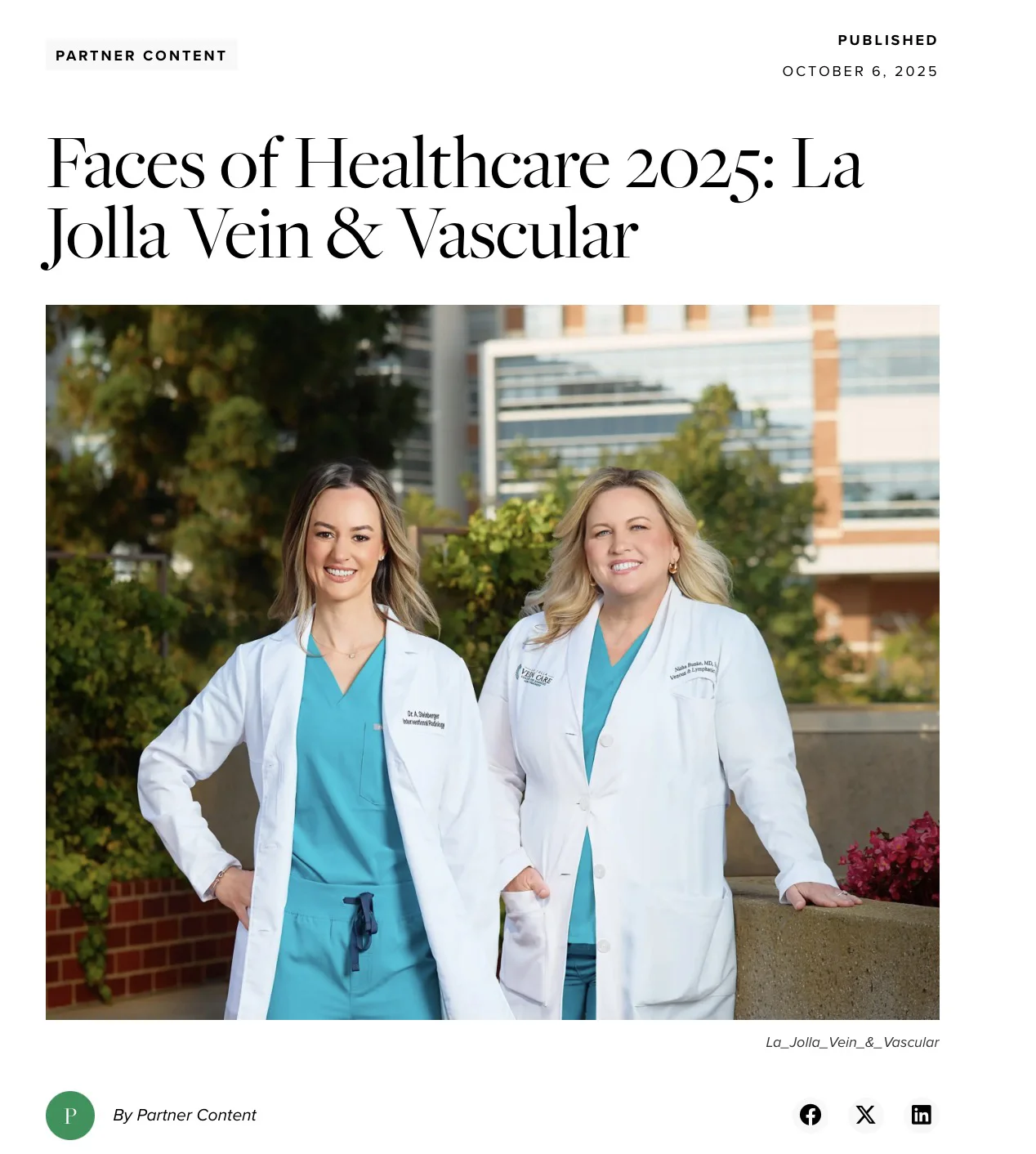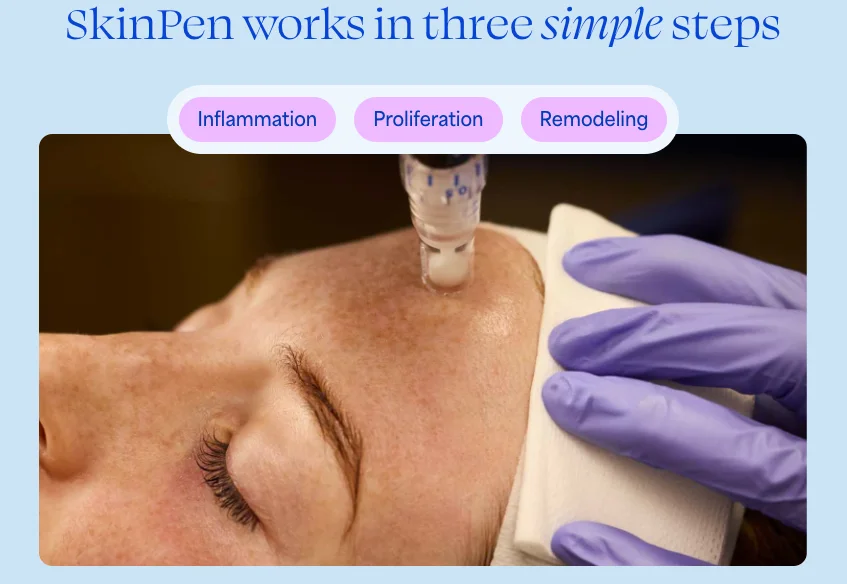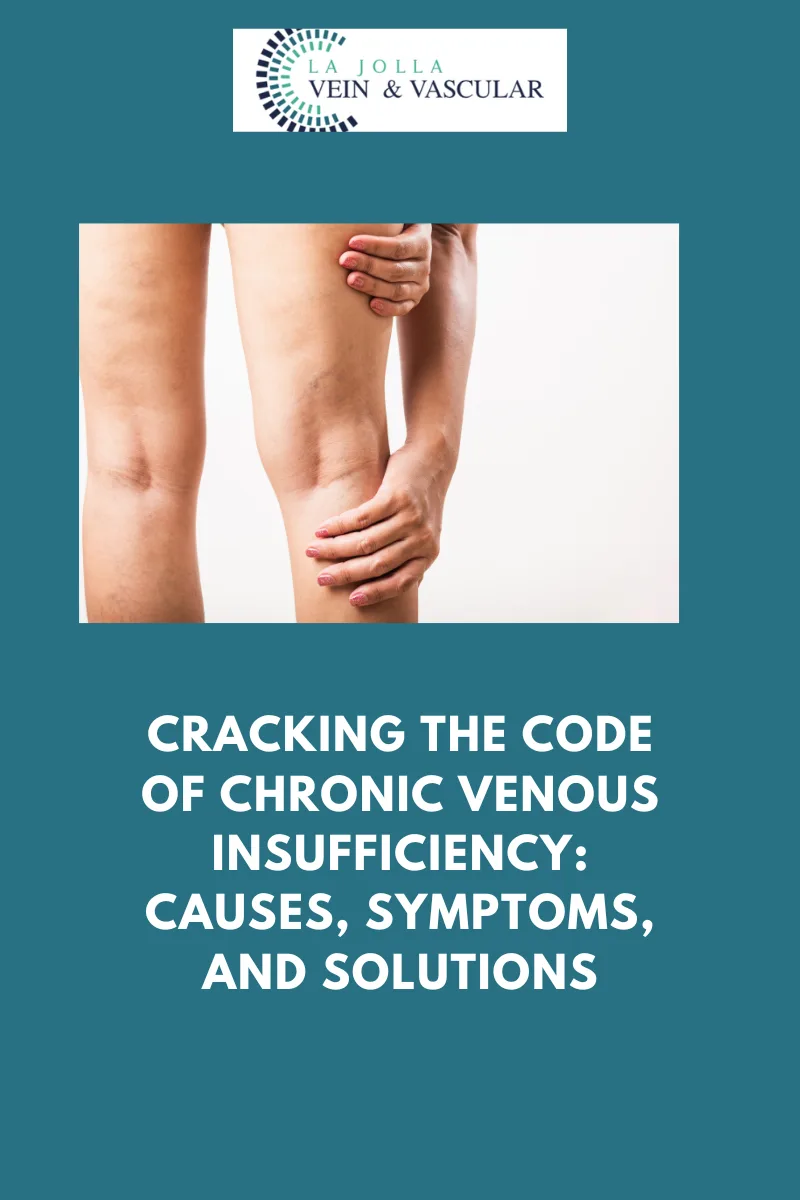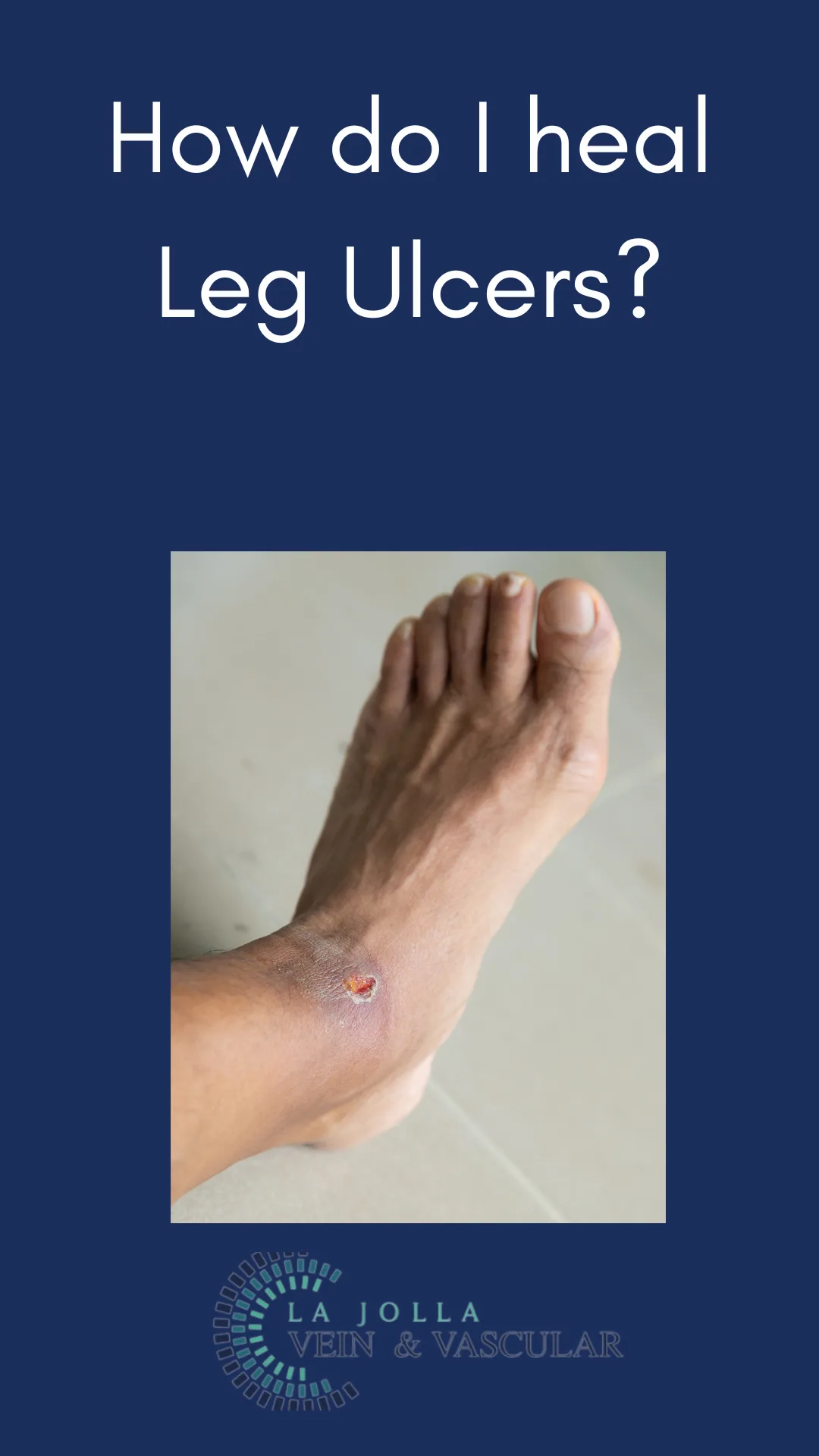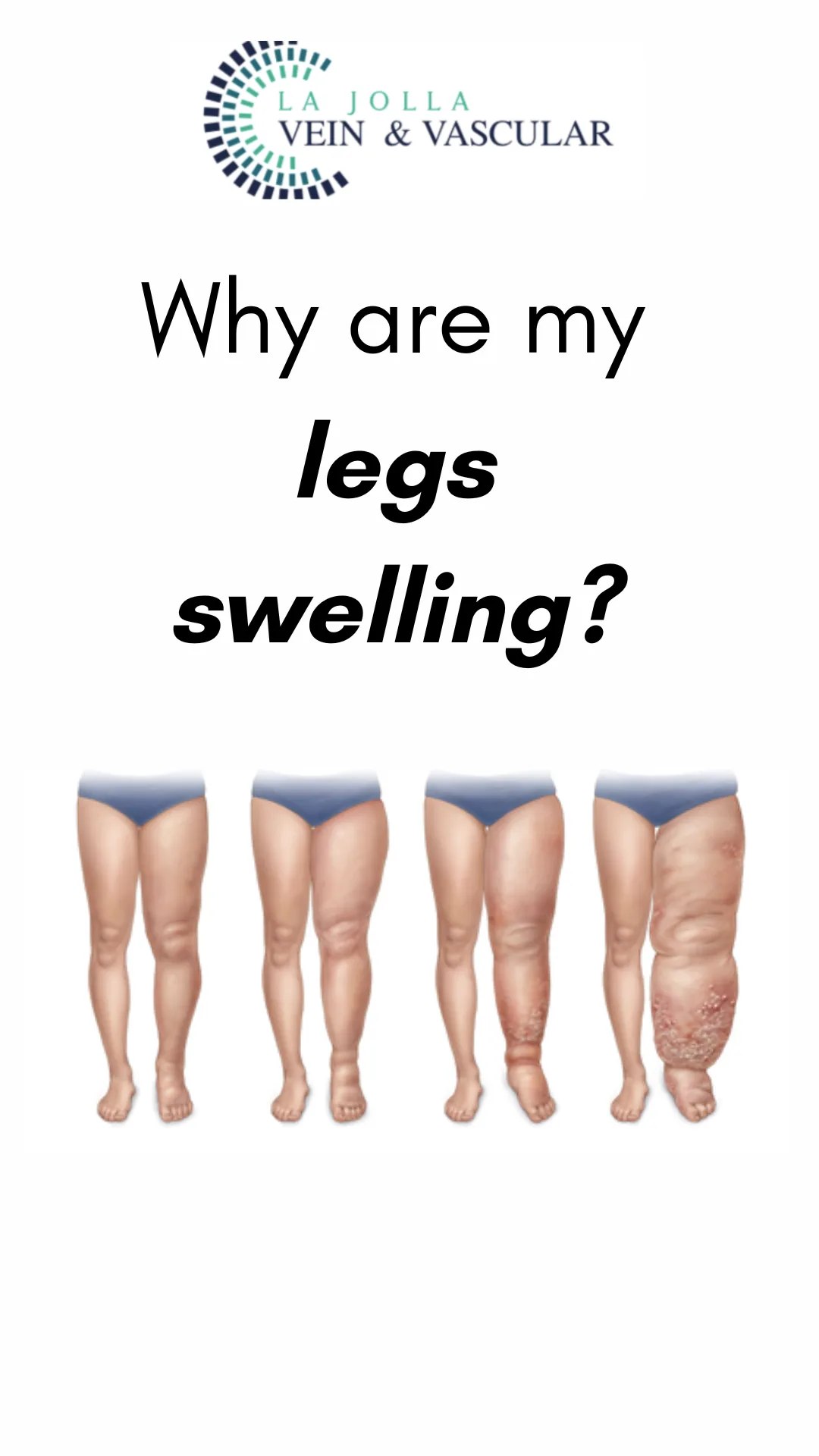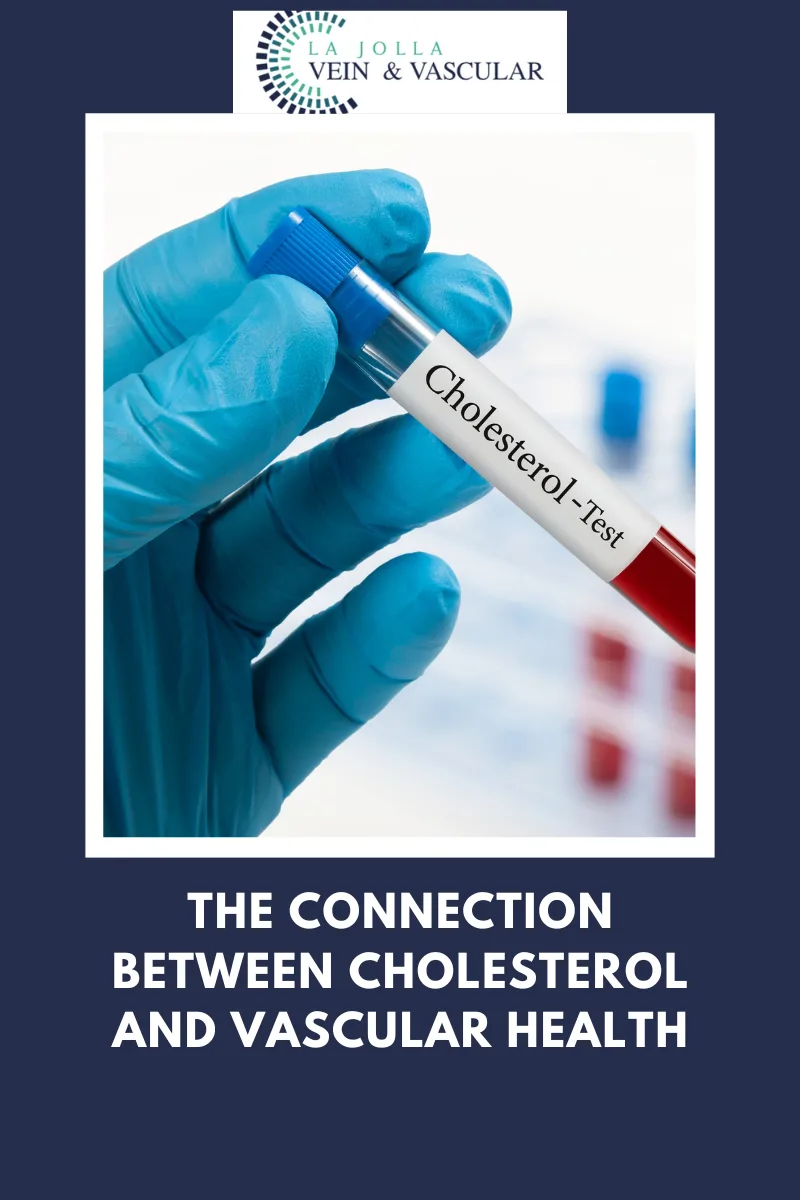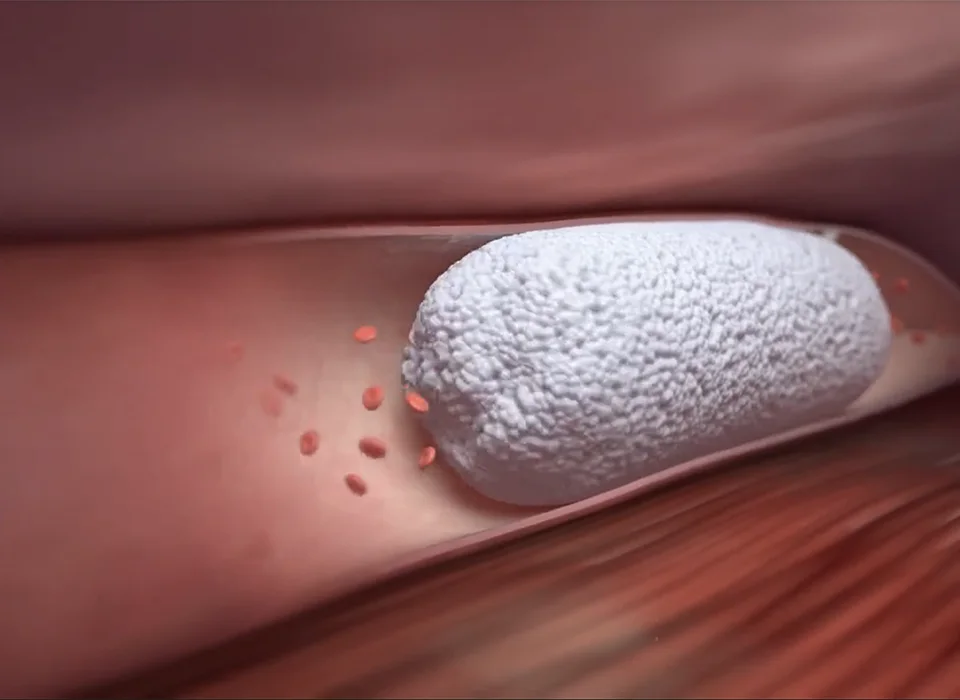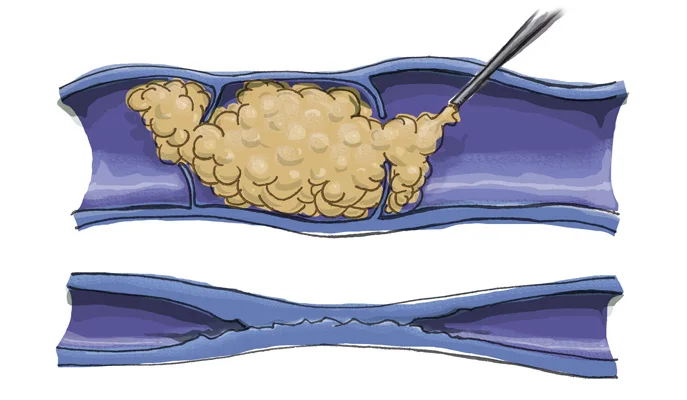5 signs of venous reflux disease were found on the ankles
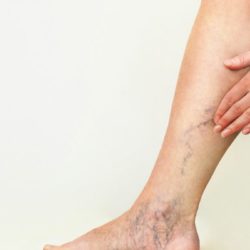
Venous reflux disease refers to ‘leaky valves in the leg veins. It is also referred to as venous insufficiency. When the one-way valves that help blood in the veins flow from the feet to the heart, no longer work properly, blood begins to pool around the ankles. Over time, the pooling of blood causes increased hydrostatic pressure within the blood vessels. This is referred to as venous hypertension in the medical community. Venous hypertension is associated with chronic venous insufficiency, which means the vein valves have become leaky for a long time before physical signs are apparent. An ultrasound examination can first identify if the underlying veins are weak and leaky not visible to the naked eye, long before physical signs become apparent. Some signs you may see that may indicate underlying venous reflux disease include:

Darkening of skin, and itchiness are a sign of chronic venous insufficiency or venous reflux disease
- Skin darkening around the ankle (hyperpigmentation). This is also referred to as venous stasis. This is a result of long-standing venous reflux or pooling of blood.
- Itchy, scaly skin around the ankles. This is referred to as venous eczema. This skin becomes itchy and scaly from chronic inflammation.
- spider veins in the inner ankle. These are commonly associated with venous reflux in the great saphenous vein. The great saphenous vein courses the ankle all the way to the groin. When blood pools from thigh upper thigh all the way to the ankle, small spider veins may appear in the ankle. These are commonly perceived as cosmetic because most people don’t realize there is an underlying problem.
- ankle swelling (edema). There are many causes for ankle swelling. Some are serious like heart conditions where others are less serious like a salty diet. When ankle swelling is present talk to your doctor about the various causes. However, one of the most common causes of ankle swelling is venous reflux disease. Anyone who has ankle swelling can benefit from an ultrasound examination to determine if venous reflux disease is present.
- skin ulceration and breakdown in the ankle. Over time, pooling of blood in the ankles and venous hypertension causes the skin to darken, it can become scaly and itchy and eventually ulcerate because the skin breaks down from chronic inflammation. This is called a venous leg ulcer. Venous leg ulcers are treated by treating the underlying venous reflux disease.
All of these signs and symptoms can be reduced by treating the underlying problem, venous reflux disease. See our treatments page to better understand treatment options.
